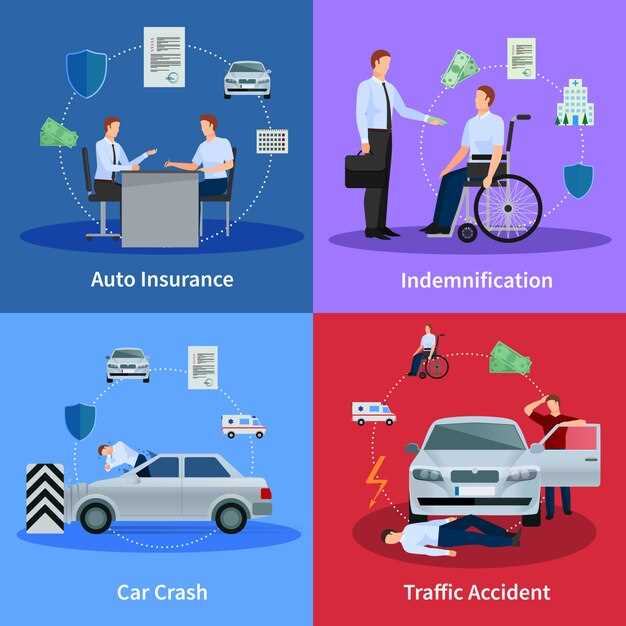
Transporting your car can be a daunting task, especially when you consider the potential risks involved. Whether you’re relocating across the country or sending your vehicle abroad, ensuring its protection is paramount. Understanding the legal aspects of car transport can help you make informed decisions and safeguard your investment.
Legal protection is not merely about acquiring insurance; it encompasses a comprehensive understanding of your rights and responsibilities. From selecting a reputable transport company to knowing the legal requirements for shipping a vehicle, awareness of the associated laws can mitigate risks and enhance the security of your car during transport.
Moreover, Pre-transport inspections and documentation play a critical role in claiming damages if they occur. Ensuring that you have the necessary legal paperwork in place not only provides peace of mind but also strengthens your position should any disputes arise. Being proactive in these considerations will ultimately ensure that your car remains safe and protected throughout the transport process.
Understanding Carrier Contracts: Key Clauses to Review
When you decide to transport your car, it’s crucial to understand the carrier contract thoroughly. This document legally binds you and the transportation company, outlining responsibilities and protections. Here are key clauses to review to ensure your car is safeguarded during transit.
Liability Limitations: One of the most critical clauses in a carrier contract is the limitation of liability. Review this section carefully to understand how much the carrier is liable for in case of damage or loss to your vehicle. Many carriers offer different levels of coverage, from basic to full value protection.
Insurance Requirements: Ensure the contract specifies the type and amount of insurance the carrier must hold. Verify that the coverage is adequate to protect your car’s value. Some contracts may require you to purchase additional coverage, so it’s essential to clarify this upfront.
Pickup and Delivery Terms: Examine the details regarding pickup and delivery. The contract should specify the timeline, along with any potential fees for delays. Understanding these terms helps you manage your expectations regarding when your car will arrive.
Claims Process: Familiarize yourself with the claims process outlined in the contract. This clause should detail the steps you need to take if your car is damaged during transport. Understanding the timeline and required documentation can accelerate the resolution of any issues that may arise.
Termination Clause: Review the conditions under which either party can terminate the agreement. This clause is vital for protecting your interests should circumstances change. Ensure you understand the penalties or fees that may result from contract termination.
By carefully reviewing these key clauses, you will better protect your car and ensure a smoother transport process. Legal awareness is essential for taking proactive steps in safeguarding your vehicle during its journey.
Insurance Options: Ensuring Adequate Coverage for Your Vehicle

When transporting your vehicle, it is crucial to consider insurance options that provide adequate protection against potential risks. The transport process can expose your car to various hazards, including accidents, theft, and damage, making comprehensive coverage essential.
First and foremost, review your existing automobile policy. Many standard auto insurance policies offer limited coverage during transport. Check if your policy includes specific terms regarding transport, as it may not cover damage incurred while your vehicle is being shipped by a carrier.
Consider purchasing additional coverage specifically designed for vehicle transport. Options such as transportation insurance or marine cargo insurance can offer enhanced protection. These policies typically cover damages that occur during loading, unloading, and transit, ensuring that your vehicle is safeguarded throughout the process.
Additionally, verify the carrier’s insurance policy. Reputable transport companies should provide their own coverage, which may complement your existing policy. Request documentation that details their insurance limits, and ensure they have adequate liability coverage to protect against possible accidents.
It is also wise to document the condition of your vehicle before transport. Take high-quality photos and note any existing damage. This evidence can be essential if you need to file a claim later. Ensure that the transport company conducts a pre-transport inspection and provides a written report as verification.
In conclusion, diligent research into your legal insurance options is vital to ensure adequate protection for your car during transport. By understanding your rights and the available coverage, you can mitigate risks and enjoy peace of mind during the shipping process.
Documenting Condition: Best Practices Before and After Transport

Ensuring the protection of your car during transport starts with a thorough documentation process. This practice helps in evaluating potential damages and streamlining any claims with transporters or insurance companies.
Before transport, conduct a detailed inspection of your car. Take high-resolution photographs from various angles, highlighting all sides, the roof, and any unique features. Make sure to capture close-ups of existing scratches, dents, or other imperfections. These images should be time-stamped and stored securely for reference.
Additionally, create a written record of your car’s condition. List any known issues along with the date of inspection. This log, when combined with your photographs, will serve as a comprehensive reference point for both you and the transport company.
After transport, repeat the inspection process. Document any new damages that may have occurred during transit. Again, use photographs to meticulously capture the state of your car upon delivery. Compare these recent images against your pre-transport documentation to identify any discrepancies.
If you discover any damages, notify the transport company immediately. Providing a clear visual and written record will assist in expediting resolutions and enforcing your rights regarding compensation. By adhering to these best practices, you can ensure the utmost protection for your vehicle during transport.




